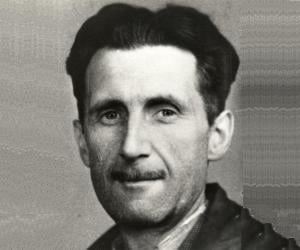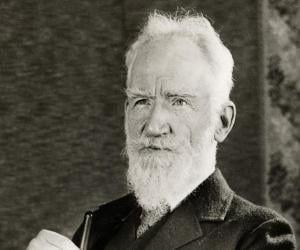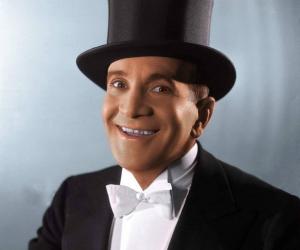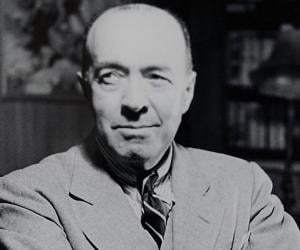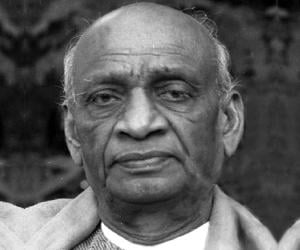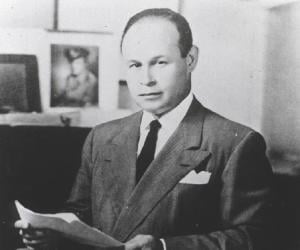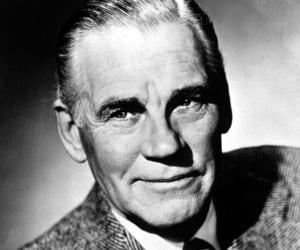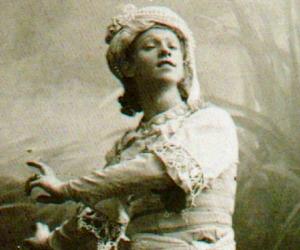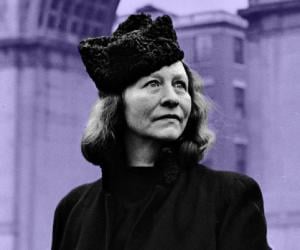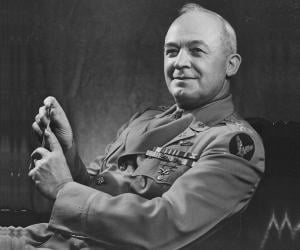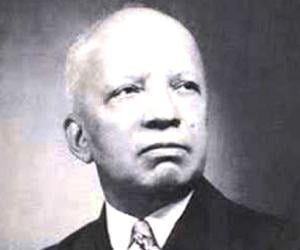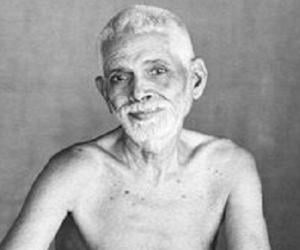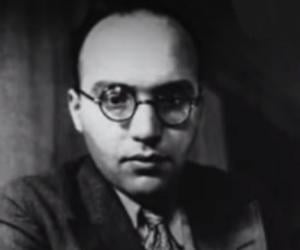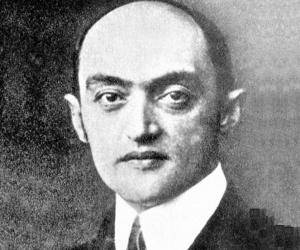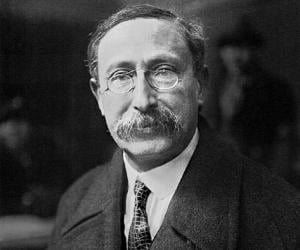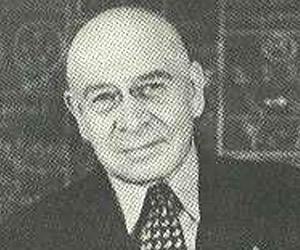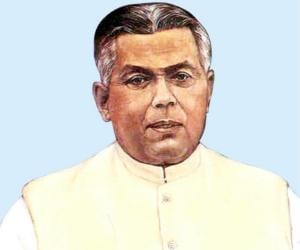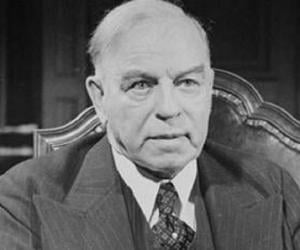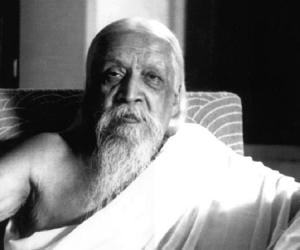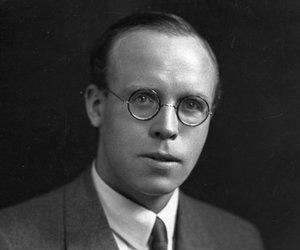The king of dystopia and satire, George Orwell, the pen name adopted by Eric Arthur Blair, was a well-known novelist and critic of the 20th century. A man with a strong mind of his own, Orwell never backed down from stating his views on the socio-political climate he lived in, which he expressed profusely through his influential essays and novels.
Nobel Prize-winning playwright and author George Bernard Shaw was best known for his realism and his support for women’s rights and socialism. His ideas gave rise to the word “Shavian.” His drama Pygmalion inspired the musical My Fair Lady. His other notable works include Candida and Man and Superman.
Singer, comedian, and actor Al Jolson was dubbed "The World's Greatest Entertainer" at the peak of his career. Known for his brash and extroverted performances, he is credited to have played a major role in defining the modern musical. He was the first star to entertain troops overseas during World War II and was posthumously awarded the Medal for Merit.
Sardar Vallabhbhai Patel was an Indian politician who played an influential role in the Indian independence movement. Dubbed the Iron Man of India and Unifier of India, Sardar Patel played an important role in integrating various princely states into a united, independent nation. In 2018, the world's tallest statue called the Statue of Unity was dedicated to Sardar Vallabhbhai Patel.
Born into a middle-class African-American family, Charles R. Drew initially excelled in football and track and field, and ended up earning athletic scholarships to fund his studies. He grew up to be a renowned surgeon and revolutionized the storage of blood plasma in blood banks.
Walter Huston was a Canadian singer and actor. He is best remembered for his portrayal of Howard in the 1948 American Western film The Treasure of the Sierra Madre, which earned him an Oscar for Best Supporting Actor. Walter Huston was honored with a star on the Hollywood Walk of Fame a decade after his death.
Vaslav Nijinsky was a ballet dancer and choreographer. He is counted among the greatest male dancers of the early 20th century. He was known for the intensity of his characterizations. He was brilliant and could dance en pointe, a rare skill few male dancers of his era possessed. He suffered from mental health issues in his later life.
Historian Carter Woodson was is remembered for pioneering Black studies in schools and colleges. He began the Negro History Week, which is now celebrated as the Black History Month. Poverty had pushed him to work in the coal mines initially, and he couldn’t join high school before 20.
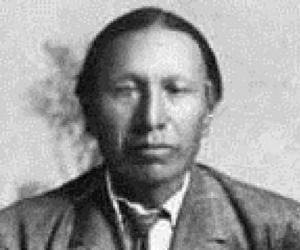
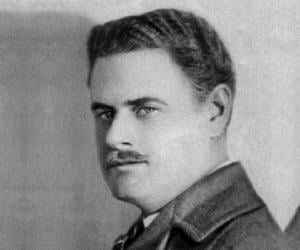
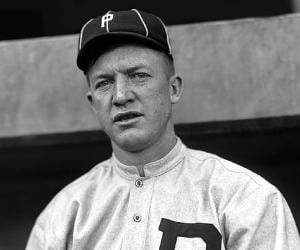
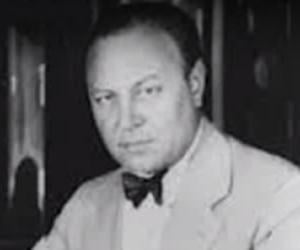
Emil Jannings was a German actor who became the first recipient of the Academy Award for Best Actor. He was born in Switzerland but moved to Germany as a young child. He began his career as a theater actor and enjoyed tremendous success. He later ventured into films and became a popular figure in Hollywood in the 1920s.
Indian Hindu sage Ramana Maharshi had run away to Arunachala, a sacred mountain in Tamil Nadu, at 16, and had stayed there throughout his life. He propagated vichara, or self-enquiry, as the primary means of self-realization, instead of the study of scriptures as proposed by the Advaita Vedanta philosophy.
Kurt Weill was a German composer best remembered for his collaboration with Bertolt Brecht. An influential composer, Weill's music has been recorded by several performers like Frank Sinatra and David Bowie. Singers like Marianne Faithfull and Anne Sofie von Otter have recorded several albums of his music. His music continues to be performed in classical as well as popular contexts.
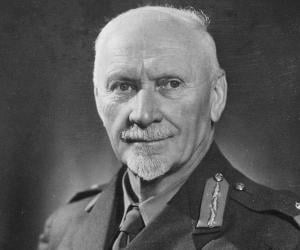
Jan Smuts was a South African military leader, statesman, and philosopher. He played a key role in the formation of the Union of South Africa and helped shape its constitution. From 1919 to 1924 and again from 1939 to 1948, he served as the Union of South Africa's prime minister. He played a major role in establishing the United Nations.
Born into a Jewish family in Paris, three-time French prime minister Léon Blum had initially studied law. He joined politics inspired by the Dreyfus affair. The first socialist and the first Jew to head France, he introduced reforms such as the 40-hour work week and paid vacations.
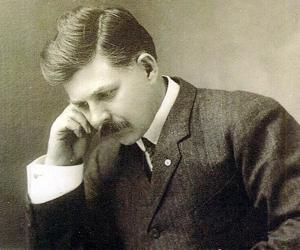
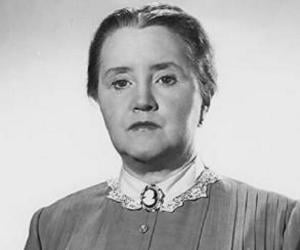
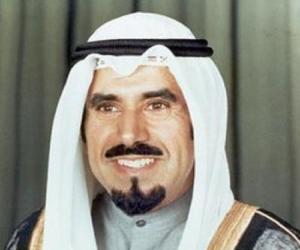
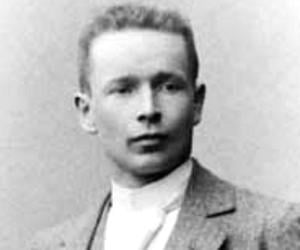
Finnish-American architect Eliel Saarinen was a prominent architect of Finland. He later moved to the US where he influenced modern architecture. He also collaborated with son Eero, a leading American architect. Notable buildings designed by Eliel, known for his designs in Art Nouveau style, includes Helsinki Central Station and Joensuu City Hall in Finland; and St Paul's Church in Estonia.
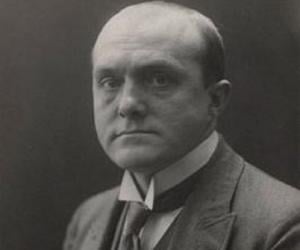
Max Beckmann was a German painter, sculptor, draftsman, printmaker, and writer. Even though scholars classify him as an Expressionist artist, he personally never identified as one. He became involved with the New Objectivity movement in the 1920s. He taught at the St. Louis School of Fine Arts at Washington University in his last years.
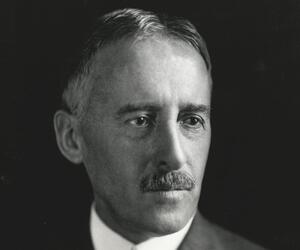
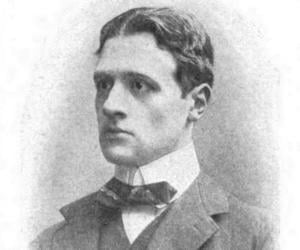
Rafael Sabatini was an Italian-English author who wrote romance and adventure novels. Sabatini is best remembered for his bestselling novels like The Sea Hawk, Captain Blood: His Odyssey, and Bellarion the Fortunate. Overall, Rafael Sabatini wrote 34 novels, six non-fiction books, eight short story collections, and several uncollected short stories.
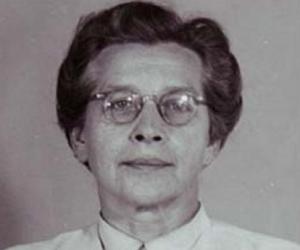
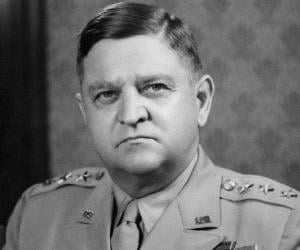
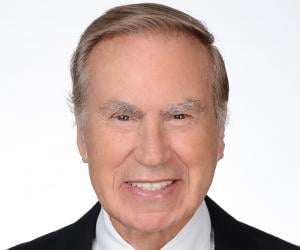
Originally professor of medicine, Werner Haase served as the deputy personal physician of German Chancellor Adolf Hitler from 1933 until the latter’s death in 1945, remaining with him in the Führerbunker to the very end. After Hitler committed suicide, he continued serving wounded soldiers and civilians until he was made a prisoner of war and died while serving his term.
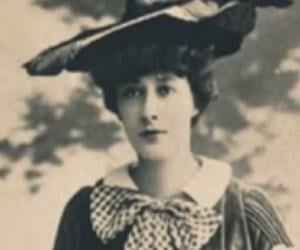
Liane de Pougy was a French dancer and vedette who performed at the Folies Bergère in Paris. Remembered for her captivating looks, de Pougy was widely regarded as one of Paris's most notorious courtesans. She also served as the subject for many artists like Paul César Helleu and Jean Baptiste Guth.
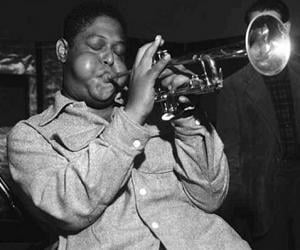
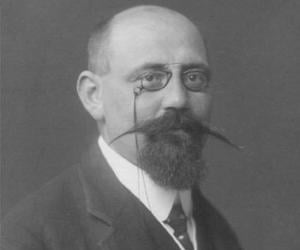
Remembered as the Father of the Republic in Austria, Karl Renner led his country as its third president. Previously, he had also led the first Austrian republic. Born into a humble family of wine-growers, he studied law and began his political career with the SDAP.
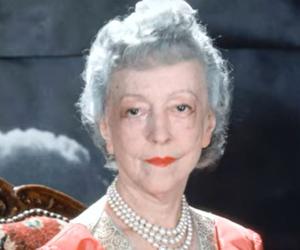
One of the first female interior designers of her time, Elsie de Wolfe was largely known for her anti-Victorian elements in her designs. She was also a professional stage actor and had also launched her own theater company. Her works include the Colony Club, New York’s first women’s club.
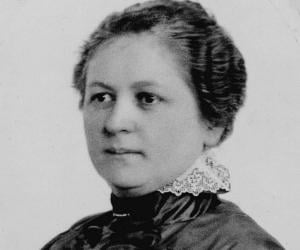
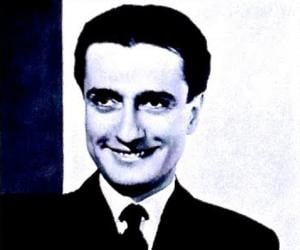
Polish-American scholar Alfred Korzybski had initially been sent to the U.S. by the Russian intelligence services. After the fall of the tsarist rule, he stayed back in the U.S. The pioneer of general semantics, he believed human knowledge is shaped by one’s linguistic reach and the nervous system.
Canadian statesman and politician Mackenzie King OM CMG PC, was the 10th prime minister of Canada. He held the position for three non-consecutive terms with a total of over 21 years in office and emerged as the longest-serving prime minister in the history of Canada. He remained instrumental in laying the foundations of the Canadian welfare state.
Sri Aurobindo was an Indian philosopher, poet, yogi, teacher, and nationalist. He was one of the most influential leaders of the Indian independence movement before becoming a spiritual reformer, focusing on spiritual evolution and human progress. He is credited with founding the Sri Aurobindo Ashram in Pondicherry, which continues to serve spiritual aspirants from all over the world.
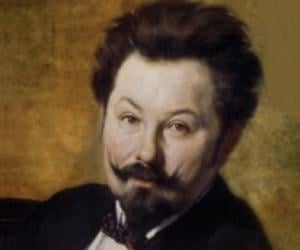
Remembered for pioneering the eurythmics approach of learning music, Swiss composer Émile Jaques-Dalcroze was a major figure of the modernist movement in music. Starting his career as a professor at the Geneva Conservatory, he later launched his own music school, which was later shut down by the Nazis.
British astrophysicist and cosmologist Edward Arthur Milne was a brilliant student and a Cambridge scholar. Remembered for his work on kinematic relativity, he introduced the Milne model, too. He applied the Saha equation in his studies on the spectral lines of stars and also lectured on Christianity.
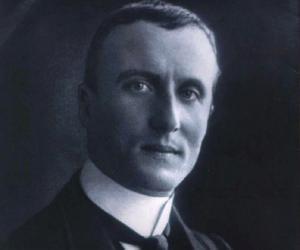
Greek-origin German mathematician Constantin Carathéodory is best remembered for his work on concepts such as real functions and the calculus of variations. Initially an engineer working for a British project in Egypt, he later switched to study math. He also taught at the universities of Berlin and Munich.
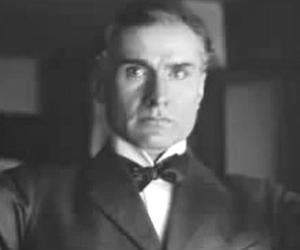
German-born American conductor and composer Walter Damrosch, best-known in his day as an avowed propagandist and conductor of the music of Richard Wagner, directed the New York Symphony Orchestra for over four decades. He conducted world premiere performances of George Gershwin's An American in Paris and Piano Concerto in F. He played key role in founding of the Carnegie Hall.
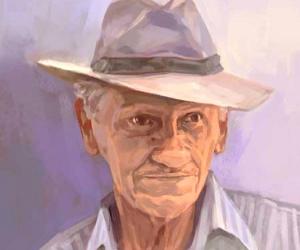
Luis Carlos López was a Colombian poet. He also had an active journalistic career and is credited with co-founding a newspaper called La Unión Comercial. Luis Carlos López is best remembered for his depiction of the people and culture of his native city, Cartagena de Indias.
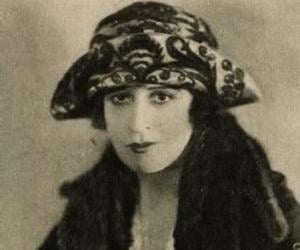
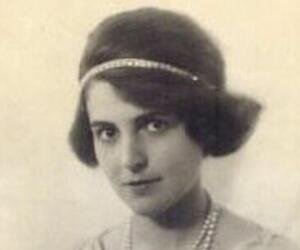
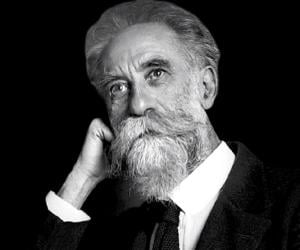
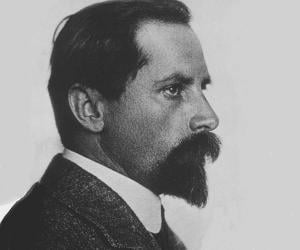
Swiss-born American psychiatrist Adolf Meyer is best remembered for introducing the concept of ergasiology, or psychobiology. Not only was he associated with the Johns Hopkins Hospital throughout his life, but he also led the American Psychiatric Association as its president. He was also a pioneering figure in occupational therapy.
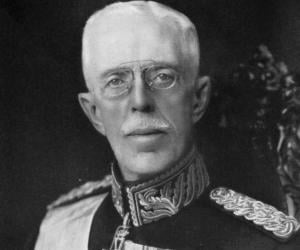
Swedish king Gustaf V was the eldest son of King Oscar II. His motto was “With the people for the Fatherland.” Post-World War I, he became a mere constitutional monarch, as the parliamentary government came into full-fledged effect. He was also the first Swedish king to not have a formal coronation.
